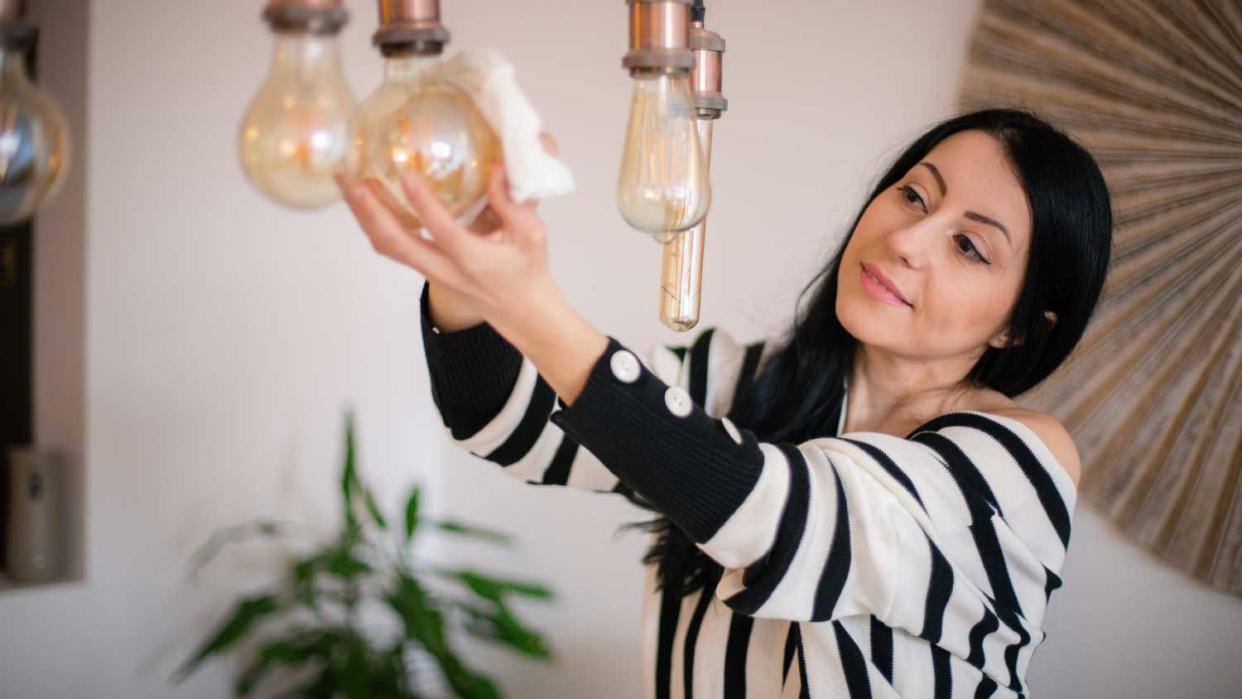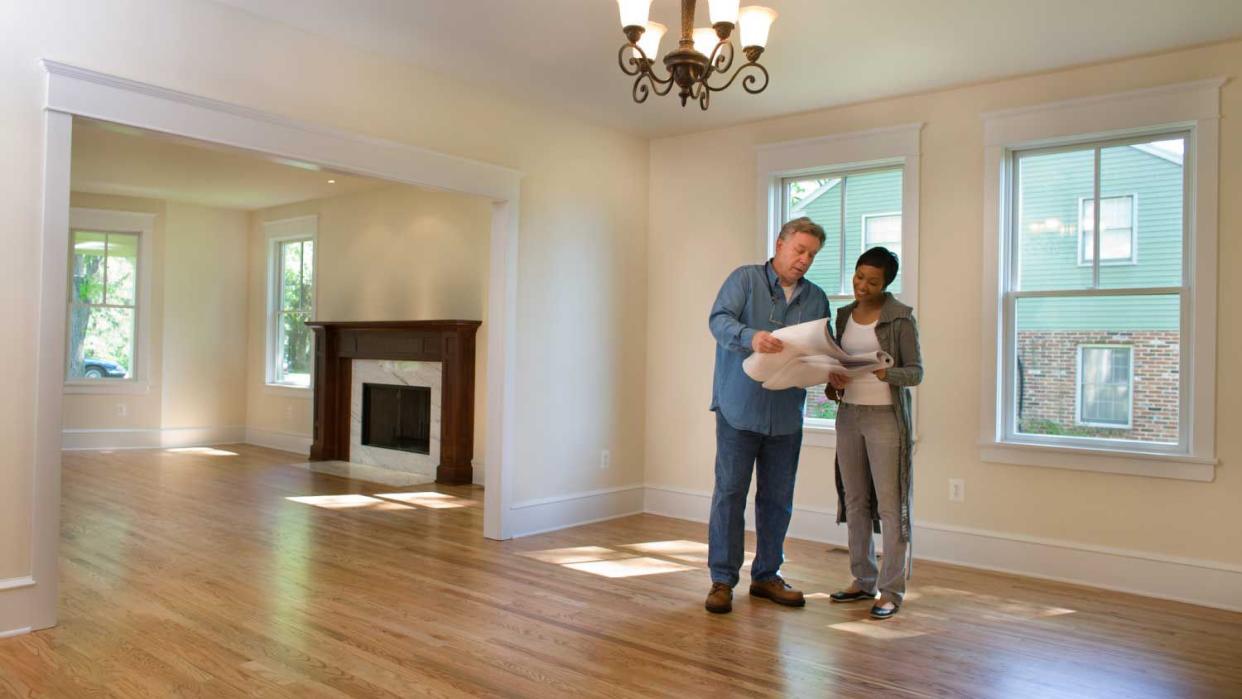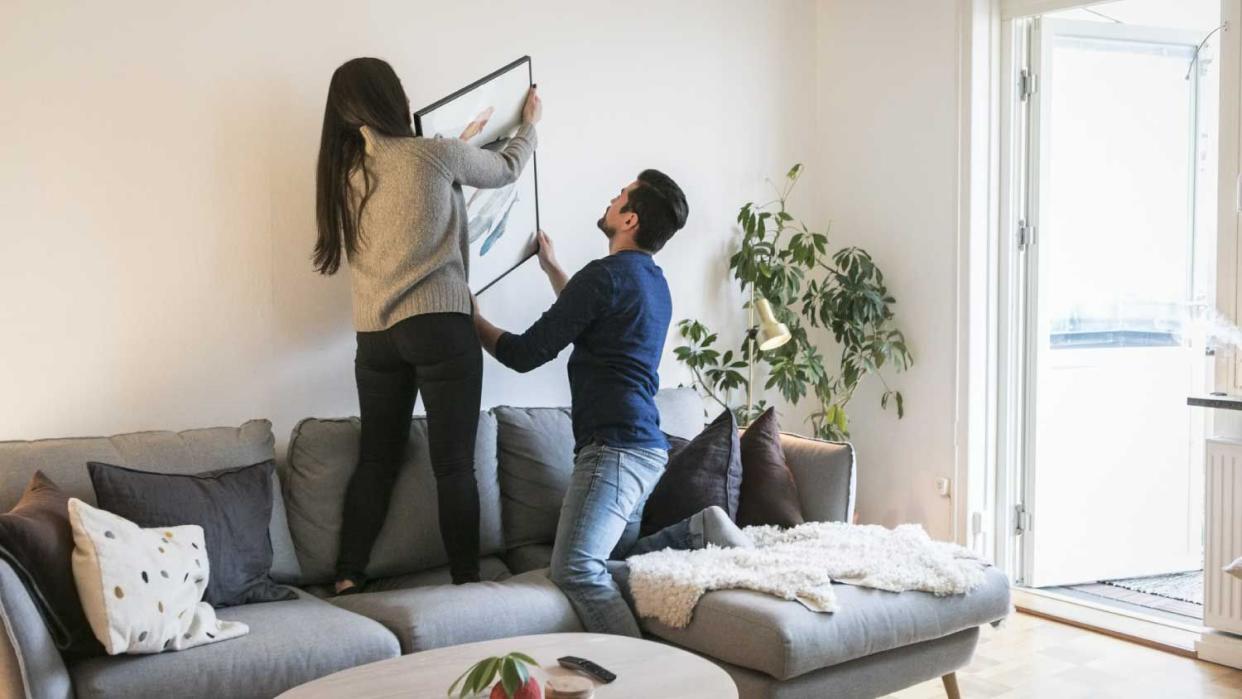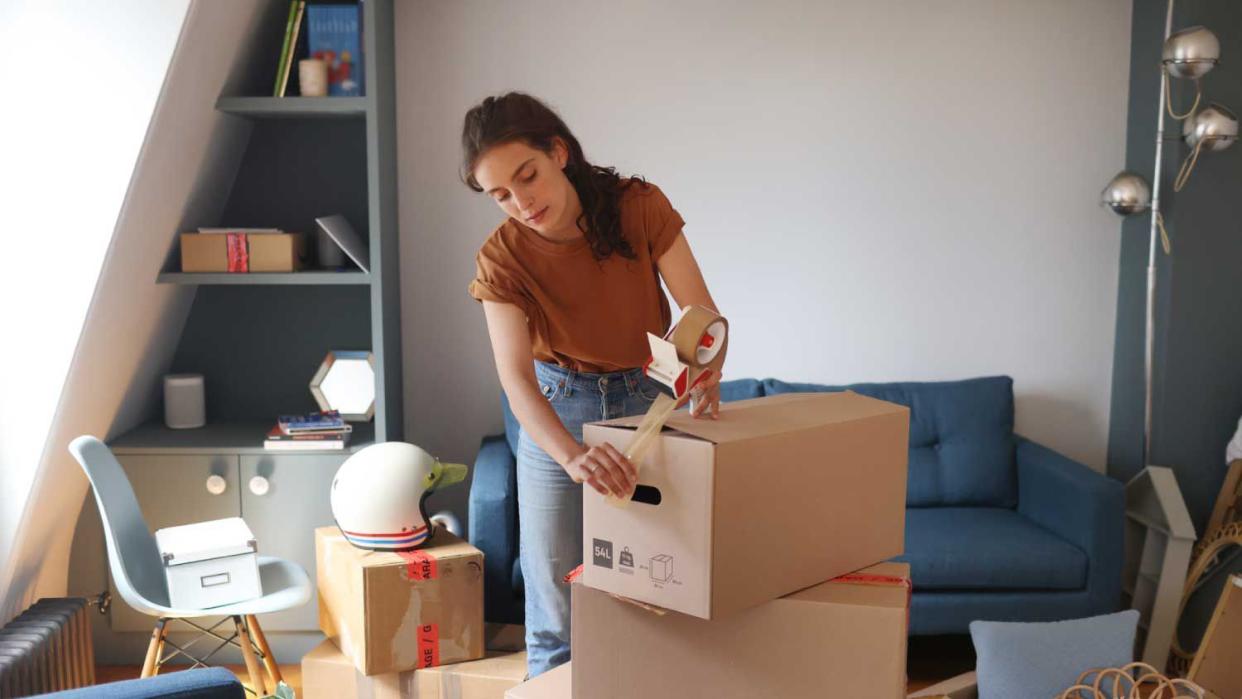7 Tips to Make Moving From an Apartment to a House Stress-Free

This article originally appeared on Angi and is syndicated by Cheapism.
Maybe you’ve decided to take the leap and buy your first home, or maybe you’re giving homeownership a test run by trading in your apartment for a rental home.
Whatever your reason for upgrading to a bigger space, the transition from an apartment to a house can be overwhelming. But don’t sweat it—we’ve got you covered with these helpful tips for moving from an apartment to a house.

One of the most important things to do when moving from an apartment to a new home is to ensure that your new digs are in the agreed-upon condition. That means that if you’re buying, then you need to ensure that the property owners have made any agreed-upon repairs before you settle in. Otherwise, unlike apartment living, once you close the deal, you’re likely going to be responsible for any necessary home repairs.
Likewise, if you’re renting, you need to connect with the leasing agent or property manager to ensure that any property damages are addressed before moving day. That way, when you vacate the rental, you won’t be on the hook for damage you didn’t cause. You may also want to schedule a walk-through of your rental home, noting any repairs the property manager needs to resolve before you move in.

As the big day approaches, you will also probably want to reach out to a local moving company to help you prepare for the move. Depending on the company and the services you choose, your pro can supply boxes and other packing materials. They can even assist you in packing up your apartment, which can save you lots of time and hassle, leaving you free to focus on setting up your new home.

If you are buying your home rather than renting, then you’re going to have some important tasks to take care of as you get settled in.
Whether you’re renting or buying your new home, you’ll want to attend to your property insurance. While renter’s insurance generally protects your belongings from theft or damage due to fire or flooding in your rental home, homeowners’ insurance policies tend to be a bit more complex. So one of the first things you’ll want to do is study up on your homeowners’ insurance policy and exactly what it does (and doesn’t) cover.
At the very least, you should look for an insurance policy that covers property damage due to accidents and natural disasters. This would include, for example, fire and storm damage. It’s also a good idea to purchase a flood insurance policy, as most homeowners’ insurance plans do not cover floods, though floods are the most common cause of property damage.
In addition, you should invest in insurance coverage that protects you in case of theft or burglary. Likewise, homeowners’ liability insurance can protect you in the event that someone suffers an accident or injury on your property.

Renting a home generally means you don’t need to worry about inspections or energy auditing. However, these tasks should be a top priority after buying and moving into a new home because they can save money on energy expenditures and home repair costs.
For example, an energy audit can help you identify areas where your home might be consuming excessive amounts of power. This service will allow you to make changes, such as sealing window leaks or replacing power-hungry appliances with energy-efficient ones. If the home inspection pointed out areas that need improvement, hire a specialized professional to assess and repair these trouble areas.

If you’re moving from an apartment to a home, odds are you’re going to have a lot of extra space to fill. Not only that, but you may need a number of items to maintain your home that you didn’t even consider when you were an apartment-dweller.
So, you’ll need to create a homeowner checklist to ensure your new home is outfitted with everything you’re going to need to be safe and secure. At a minimum, you’ll need items like smoke and carbon monoxide detectors, fire extinguishers, and basic tools for quick repairs.

In addition to setting up your new home with essentials, you should start thinking about decorating and personalizing your space. Of course, it’s tempting to bust your budget by stuffing all that space with knick-knacks, doodads, and tons of cool furnishings.
That temptation can get you into trouble, though, especially if all that extra space causes you to panic. Instead, you can connect with a local interior designer for advice on personalizing your space and helping it to feel a bit more like home without cluttering your new digs or emptying your wallet.
The key is to be selective, strategic, and slow. Your new home probably won’t look as full as your smaller apartment, especially at first—but that’s okay. You have time to breathe, to think, and then to begin choosing only items that you love to fill all that space. The goal is to ensure that you only bring into your home items that either have a definitive use or that give you a sense of peace and happiness when you look at them.

One of the most exciting aspects of moving from a rental apartment to your own home is that you can personalize it to your liking with any and all types of upgrades.
After all, no home, no matter how ideal, is perfect. Sooner or later, every homeowner will want to make some upgrades. So to avoid biting off more than you can chew, it’s important to plan your home updates carefully. Make lists, create budgets, and determine your priorities. Creating a home that’s uniquely perfect takes time, but it will happen—one project at a time.
